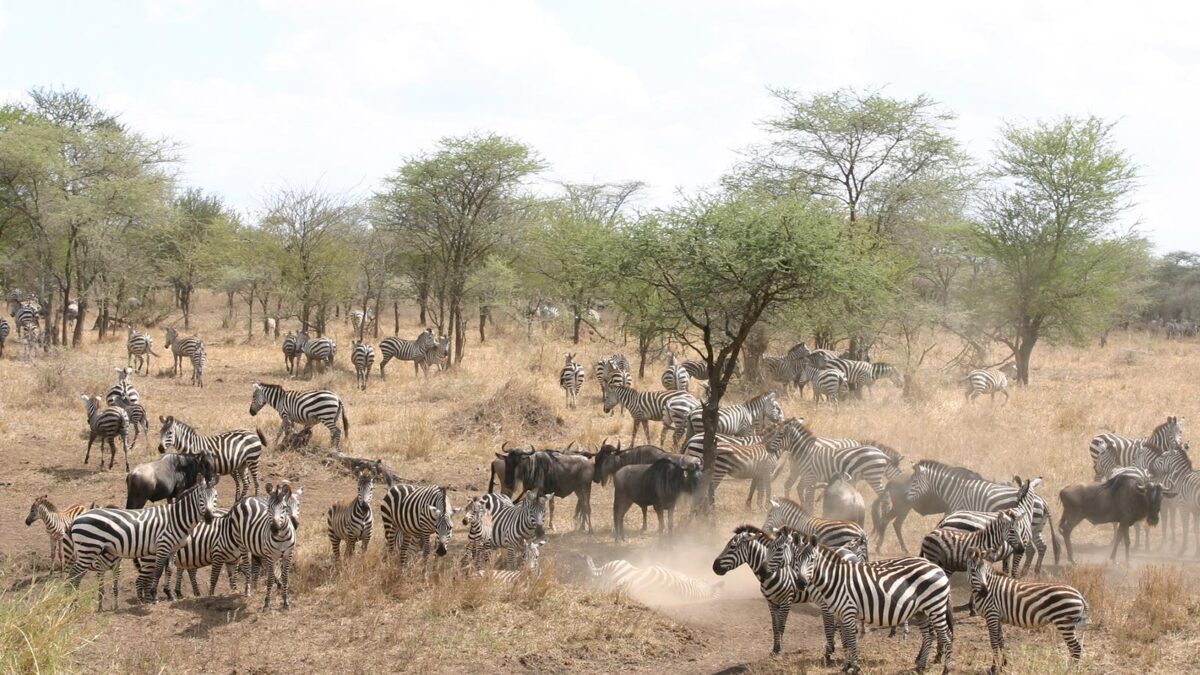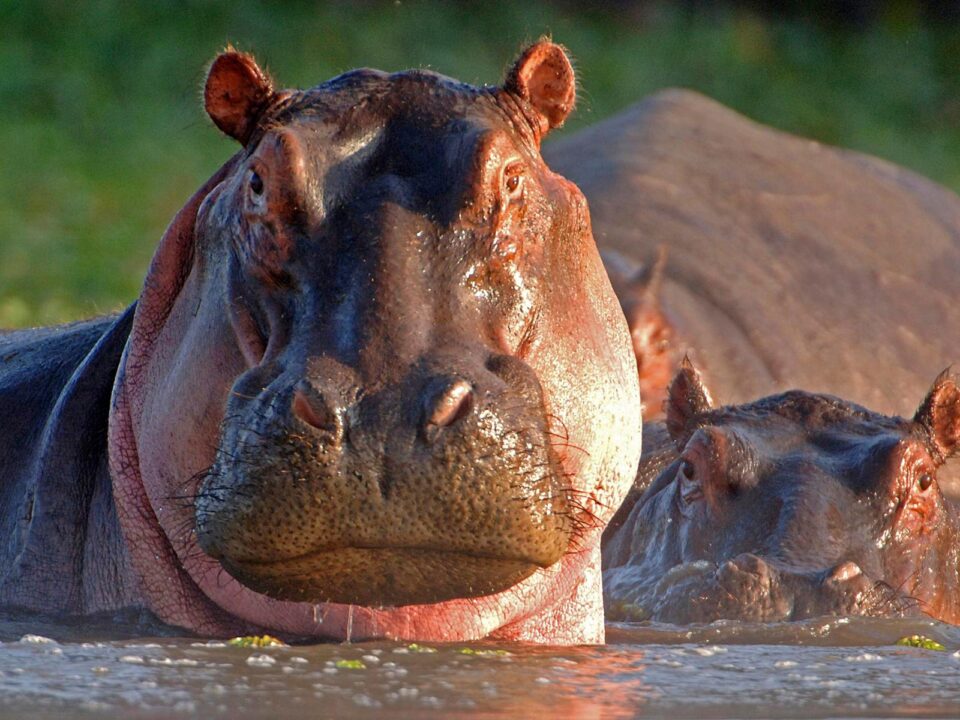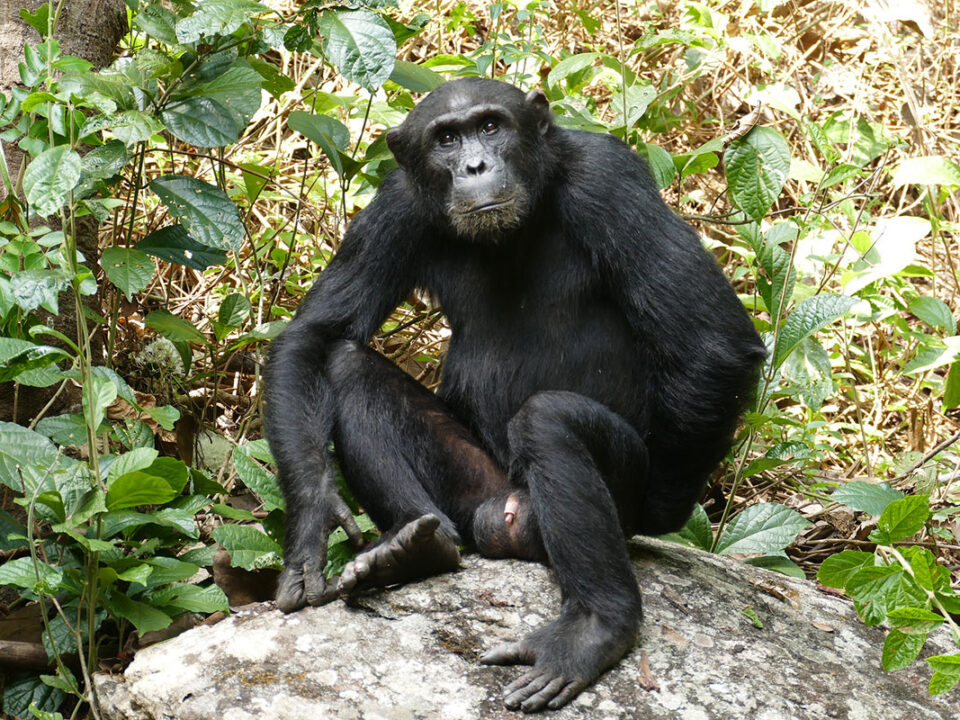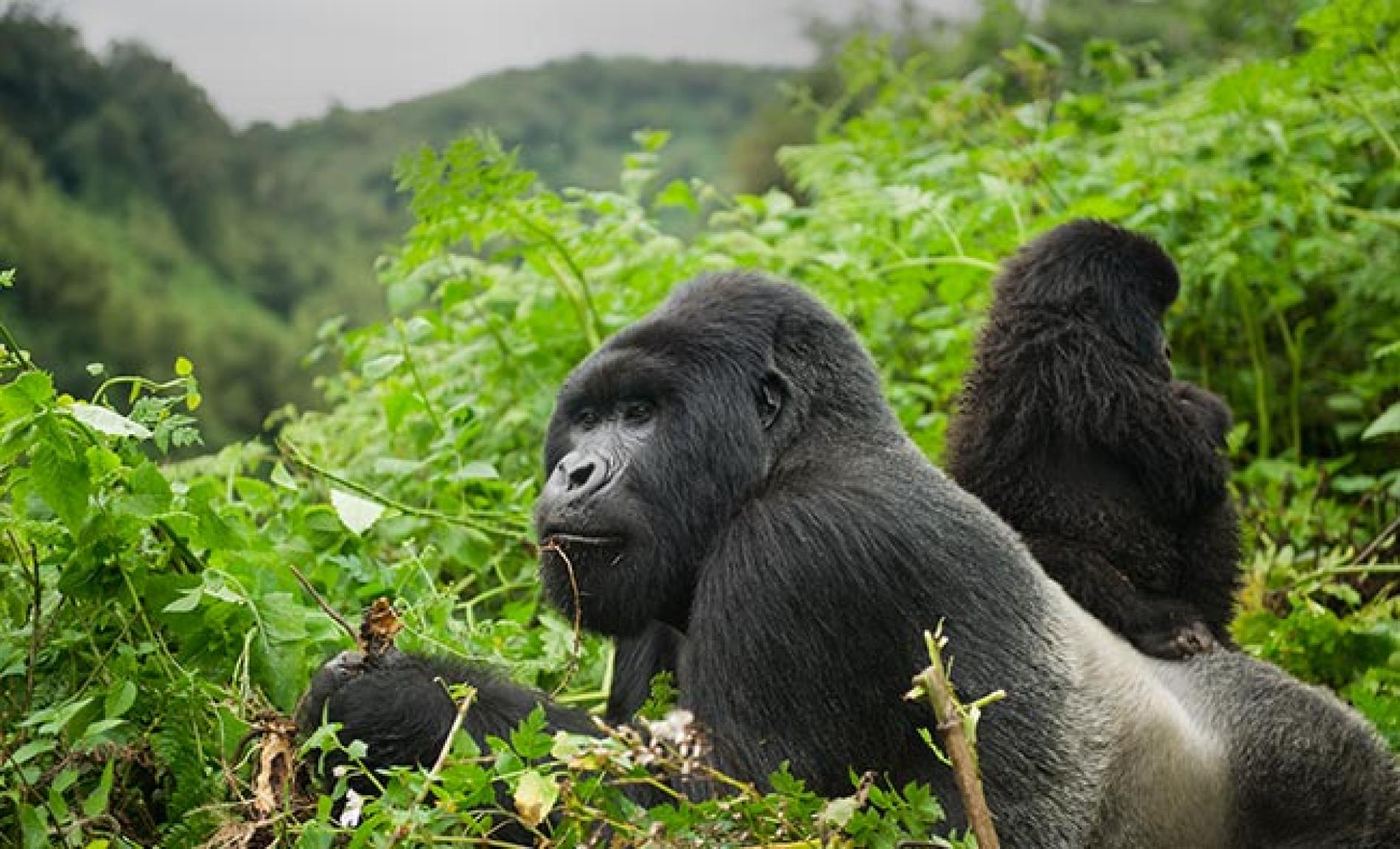
All you Need to know Before Booking Rwanda Gorilla Safari
November 14, 2023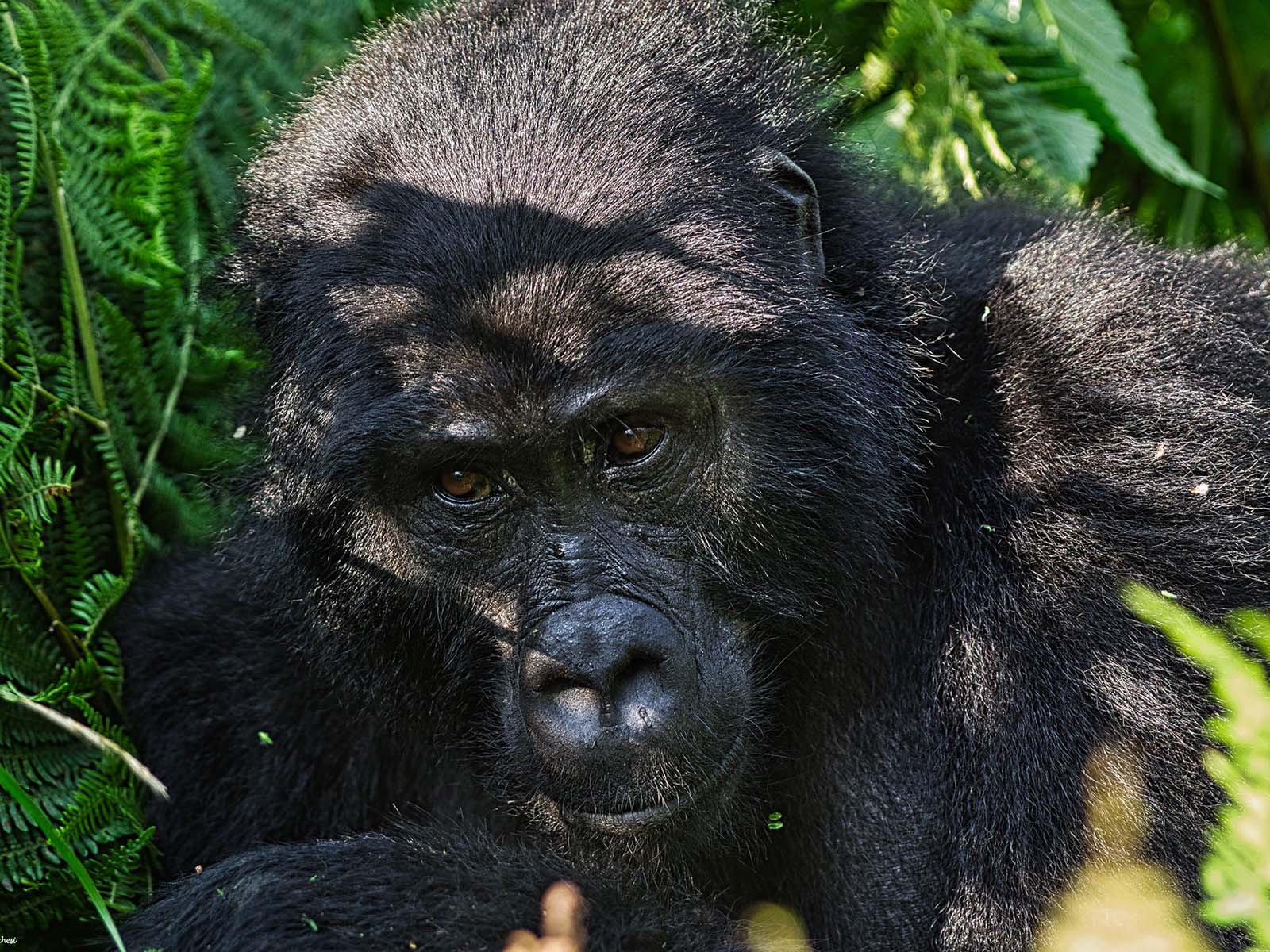
Ruhija Gorilla Safaris & Tours
November 14, 2023Unbelievable Thunder of Hooves in Serengeti Tanzania
Prepare for an awe-inspiring encounter with the incredible thunder of hooves in Serengeti, Tanzania, as Trek Africa Expeditions invites you on an unparalleled safari adventure to the vast expanse of the greater Serengeti National Park. Brace yourself for the mesmerizing spectacle as millions of wildebeest and thousands of zebras embark on a remarkable journey from the Mara plains to the Mara River, crossing into the Masai Mara plains in search of lush pastures as the approaching rains beckon.
Considered the epitome of the best wildlife movie on Earth, the floods of wildebeest represent a paramount experience that every traveler must include in their African safari bucket list. The term “thunder of hooves” encapsulates the resounding sound created when millions of wildebeest, Thomson’s gazelle, zebra, elands, and other ungulates traverse from the dry plains of the Serengeti to Masai Mara, crossing the Mara River. The rhythmic “tutututututu” emanating from their hooves echoes like distant thunder, creating a natural symphony that captivates the senses.
Discovering the Wildebeest Migration in Serengeti:
Once you delve into the immersive experience and grasp the richness it holds, the allure to return becomes irresistible. Each month unfurls a new chapter in the captivating story of the Great Wildebeest Migration, with each area unlocking entrancing new sights. The sequence of events is fluid, dictated by the onset of rains, which can vary by several weeks. In Serengeti National Park, light short rains usually grace the land in November and December. Migrating wildebeest and zebra herds return to the southern Ndutu plains during this period, accompanied by elands, Thompson’s, and Grant’s gazelles. February witnesses the white-bearded wildebeests awaiting mass calving, a spectacle where approximately 8000 newborn foals take their first staggering steps within minutes of birth, following their mothers. Whether captivated by the spectacle of new life or thrilled by the presence of hunting predators, this annual blockbuster event promises to stir profound emotions.
The long rains in northern Tanzania, falling between April and May, lead to the herds turning northward through the western Serengeti corridor and along the central outskirts. The Grumeti River crossing in June and July poses a perilous trap, teeming with giant Nile crocodiles waiting to ambush herbivores. Beyond the migratory hordes, the national park is home to an array of resident mammals engaged in endless behavioral interactions. Elephants, giraffes, lions, cheetahs, leopards, black rhinos, and numerous small mammals and birds contribute to the park’s vibrant ecosystem.
A Serene Interlude in Serengeti:
For some safari enthusiasts, the optimum time for a Serengeti adventure is when the plains are hushed, devoid of the thundering hooved gnus, and the majority of peak-season sapien visitors have departed. From August to October, witness the epic crossing of the swollen Mara River into Masai Mara National Reserve—a battle of endurance where stampeding gnus navigate cliffs, riverside tides, and the lurking threat of crocodiles. The herd, guided by a collective intelligence, focuses on returning to its southern foaling grounds, commencing the saga anew.
Choosing Your Time for an Unforgettable Africa Tour:
Regardless of the chosen time, your personalized Africa tour in Serengeti promises an unforgettable revelation of an endangered world. The best times to witness the migration spectacle unfold are between December and March or from May to November. While the migration is primarily driven by the rains, the unpredictable nature of weather patterns ensures that the wildebeest migration operates without a set schedule. For detailed information about this extraordinary phenomenon, reach out to Trek Africa Expeditions, your gateway to the unbelievable thunder of hooves in Serengeti National Park.

